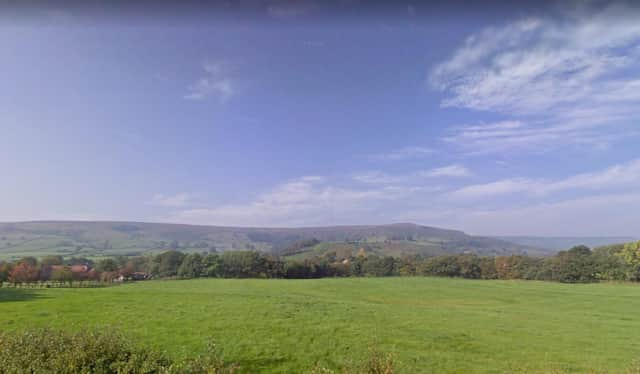TV transmitter providing signals across northern England to be replaced


However, it has emerged residents whose television reception remains affected or limited since a fire wrecked Arqiva’s 300-metre high mast at Bilsdale in the North York Moors National Park last August face a 19-month wait before the complex construction project is completed.
According to the mast’s owners Arqiva, a new interim transmitter will mean more reliable signals in bad weather for households across swathes of northern England and more than 98 per cent of homes across the region will have had some of their TV services restored.
Advertisement
Hide AdAdvertisement
Hide AdAlong with two mines and RAF Fylingdales, the Bilsdale transmitter is one of four big developments in the national park that are given consent due to a recognised “national need” to be there.
The transmitter’s site on moorland at about 2,500ft is needed to get coverage right across northern England - into the Yorkshire Dales, over the Pennines, to Durham and Northumberland and parts of North Yorkshire.
Nevertheless, the site is highly protected as it is within a national park and defined in the Local Plan as a “core remote area” where hardly any development should take place.
In addition, it is within internationally designated areas of special conservation and protection to safeguard heathland and important bird species, part of a Site of Special Scientific Interest and inside a International Dark Nights Skies Reserve.
Advertisement
Hide AdAdvertisement
Hide AdNorth York Moors National Park Authority director of planning Chris France said: “This is a huge project, a whopping piece of development, in what is probably the most sensitive and protected spot in the entire country. Managing that has been incredibly challenging.”
He said the new mast would lead to environmental improvements at the site, including the eradication of seven hectares of bracken and its replacement with heather habitats for highly protected species such as golden plover and merlin.
Although the new mast structure, work on which needs to start in the next fortnight before the bird nesting season starts, will remain visible from many miles around, it has been a agreed it should be a see-through lattice rather than the former steel pole.